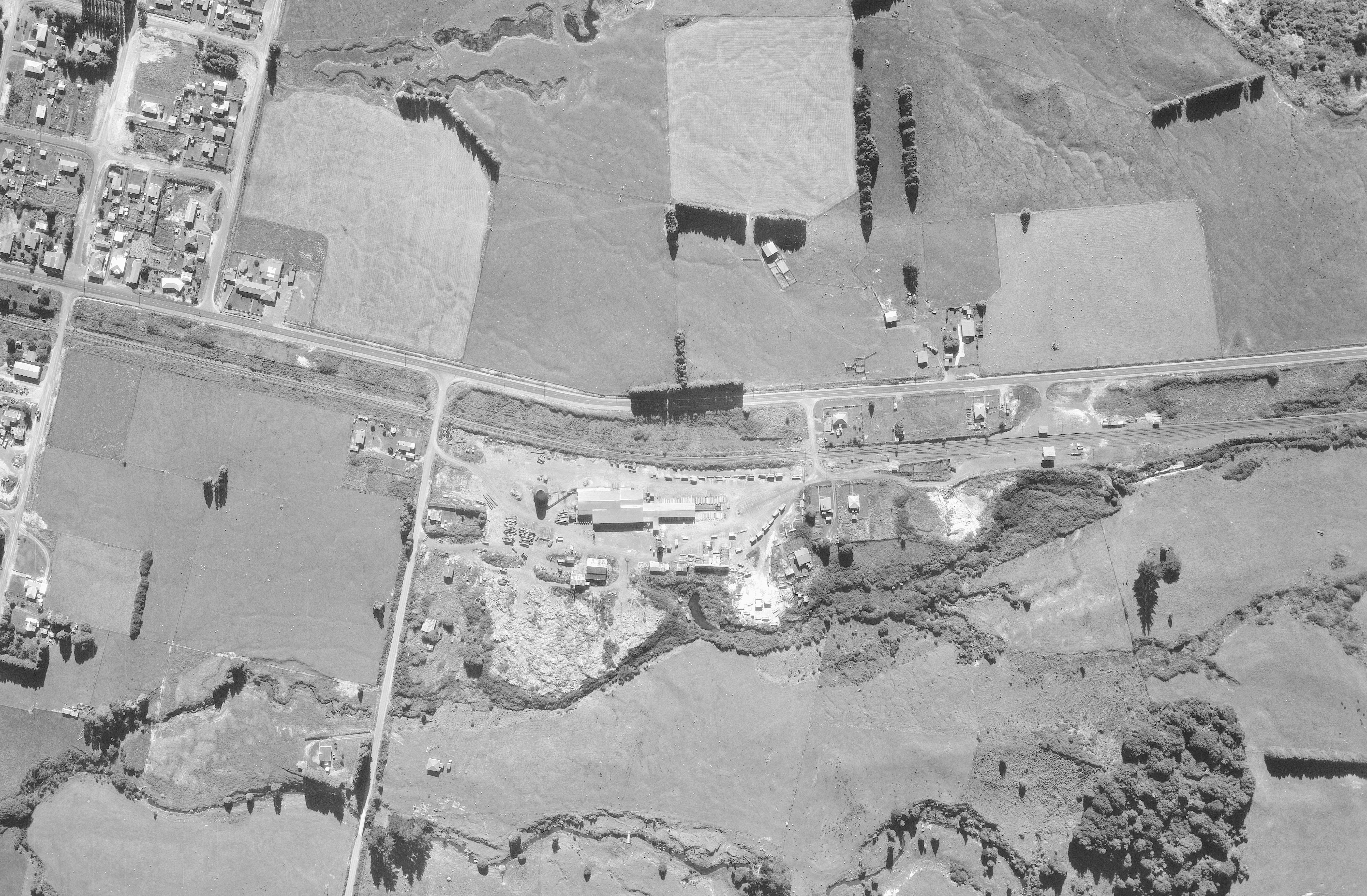ĹŚwhango Railway Station on:
[Wikipedia]
[Google]
[Amazon]
ĹŚwhango was a station on the  By 20 March 1908 there was a
By 20 March 1908 there was a  Passenger traffic had ceased by 1976. On 2 June 1985 ĹŚwhango closed to goods too, though the crossing loop remains in use.
Passenger traffic had ceased by 1976. On 2 June 1985 ĹŚwhango closed to goods too, though the crossing loop remains in use.
1979 photo of diesel shunter alongside platform and station building
Photo of 1980 station building in derelict state
Photo of DL Class passing on 17 February 2018
Railway stations in New Zealand Ruapehu District Rail transport in Manawatū-Whanganui Buildings and structures in Manawatū-Whanganui Railway stations opened in 1904 Railway stations closed in 1985
North Island Main Trunk
The North Island Main Trunk (NIMT) is the main railway line in the North Island of New Zealand, connecting the capital city Wellington with the country's largest city, Auckland. The line is long, built to the New Zealand rail gauge of and ser ...
line, in the Ruapehu District
Ruapehu District is a territorial authority in the centre of New Zealand's North Island.
It has an area of 6,734 square kilometers and the district's population in was .
Features
The district is landlocked, and contains the western half of t ...
of New Zealand. It served the village of ĹŚwhango
ĹŚwhango is a small town in New Zealand situated about south of Taumarunui on New Zealand State Highway 4, State Highway 4 (SH4), and about west of the Whakapapa River, a tributary of the nascent Whanganui River.
ĹŚwhango has been the New Zeal ...
, which lay to the north of the station. It was north of Oio and south of Kakahi. The Public Works Department
This list indicates government departments in various countries dedicated to public works or infrastructure.
See also
* Public works
* Ministry or Board of Public Works, the imperial Chinese ministry overseeing public projects from the Tang ...
transferred the station to NZ Railways on 9 November 1908, though bush had been felled along the railway route in 1904, by March 1905 a station yard was being formed and by August 1905 it was the railhead, with track laid beyond to the south.
By 20 March 1908 there was a x passenger platform, a x shelter shed, with lobby and store, a tablet office, a loading bank, cattle yards and pens, a x goods shed with verandah, privies, urinals and 4 water tanks of each, with water supplied by a hydraulic ram
A hydraulic ram, or hydram, is a cyclic water pump powered by hydropower. It takes in water at one "hydraulic head" (pressure) and flow rate, and outputs water at a higher hydraulic head and lower flow rate. The device uses the water hammer ef ...
. A 6th class station, cart approach to the platform and fixed signals were added by 10 November 1908 and a sheep yard in 1909. In 1912 the platform was enlarged. In 1964 the timber platform front was renewed, but on 30 January 1965 the station building burnt down. By 21 July 1980 a building, with a brick veneer
Masonry veneer walls consist of a single non-structural external layer of masonry, typically made of brick, stone or manufactured stone. Masonry veneer can have an air space behind it and is technically called "anchored veneer". A masonry veneer ...
and a concrete floor, had replaced it.
 By 20 March 1908 there was a
By 20 March 1908 there was a passing loop
A passing loop (UK usage) or passing siding (North America) (also called a crossing loop, crossing place, refuge loop or, colloquially, a hole) is a place on a single line railway or tramway, often located at or near a station, where trains or ...
for 48 wagons. In 1980 it was extended to an 82 wagon capacity. In 1910 a large timber mill and siding were built. Traffic in 1911 averaged 6 wagon loads a day. from 5 nearby sawmills, which cut matai, rimu and kahikatea.
 Passenger traffic had ceased by 1976. On 2 June 1985 ĹŚwhango closed to goods too, though the crossing loop remains in use.
Passenger traffic had ceased by 1976. On 2 June 1985 ĹŚwhango closed to goods too, though the crossing loop remains in use.
References
{{ReflistExternal links
1979 photo of diesel shunter alongside platform and station building
Photo of 1980 station building in derelict state
Photo of DL Class passing on 17 February 2018
Railway stations in New Zealand Ruapehu District Rail transport in Manawatū-Whanganui Buildings and structures in Manawatū-Whanganui Railway stations opened in 1904 Railway stations closed in 1985